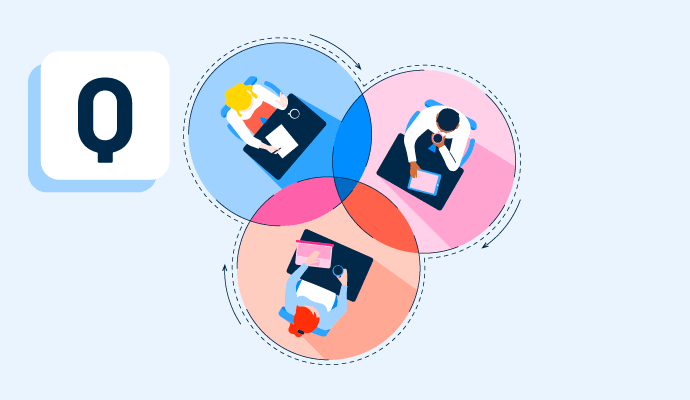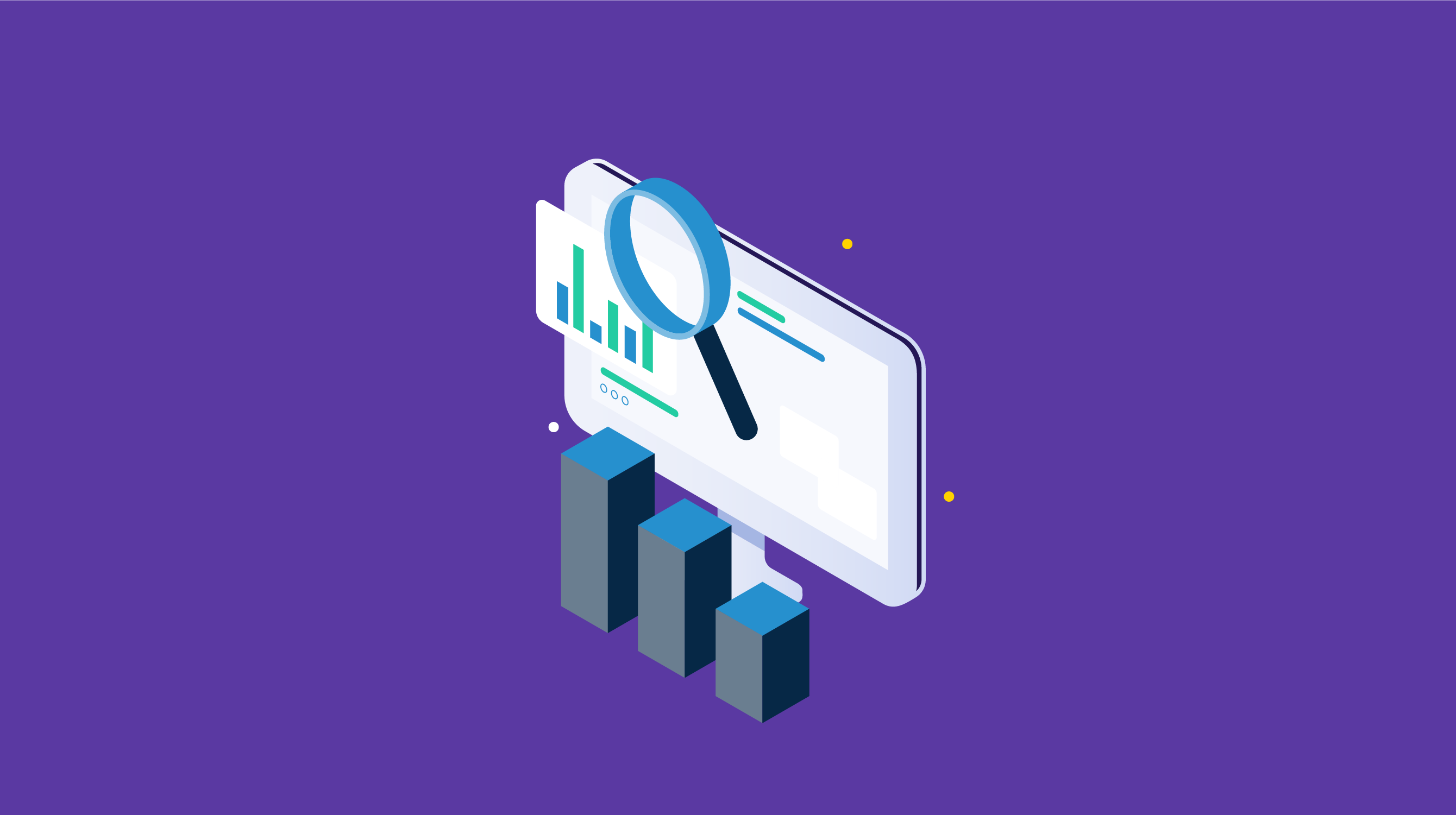What is qualitative data?
Qualitative data expresses subjective and interpretive information that cannot be measured or counted. Professionals turn to qualitative data to understand consumer behavior, views, opinions, and other descriptive and conceptual aspects of products, procedures, or people.
Analysts and researchers sometimes use qualitative data and categorical data interchangeably, as they’re often described by verbal groupings. Each industry gains immeasurable advantages from using qualitative data to make decisions.
However, the modern business landscape also has an abundance of data generated from digital platforms. Individuals or companies rely on it, along with qualitative data, to make informed decisions. Many organizations use statistical analysis software to make sense of data accumulated through multiple online channels.
Types of qualitative data
Below are three main types of qualitative data.
- Binary data has two exclusive parameters that don't happen simultaneously. This type of data helps researchers to create statistical models that can predict if a specific topic will act in one way or another. For example, 0 or 1, right or wrong, day or night, etc.
- Ordinal data can be organized in certain ways or on a scale. It helps assess users’ views on a particular topic by providing them with multiple measurement levels to choose from. For example, a business can evaluate satisfaction levels by offering a target group four measurement levels such as dissatisfied, somewhat dissatisfied, somewhat satisfied, and very satisfied.
- Nominal data label variables and creates relevant categories for research. Once the categories are formed, other quantitative methods can be used to compare them. It cannot be scaled like ordinal data.
How to gather qualitative data
Some common methods of collecting qualitative data are described below.
- Customer behavior observation: Analysts observe consumers’ purchasing behavior, and their likes and dislikes.
- Case studies: Researchers analyze multiple qualitative data sources on a particular subject through case studies. This method gives them more understanding of consumer situations and behaviors.
- One-on-one meetings: This approach means having an informal conversation directly with a user about a particular topic. This conversation results in detailed answers regarding the users’ personal opinions.
- Focus groups: These are similar to one-on-one interviews, but the interview is held in a group setting. Analysts use this strategy to get multiple opinions in cases where organizations don’t have the resources to conduct individual interviews.
- Questionnaires and surveys: These forms provide participants with a series of open-ended questions on a particular topic. It doesn’t restrict participants’ responses to choices or options.
Features of qualitative data
Although there are several notable features of qualitative data, a few of them stand out. Qualitative data is:
- Simple to evaluate.
- Descriptive.
- Collected in multiple ways.
- Non-numerical.
- Subjective.
- Based on or influenced by people.
Qualitative data analysis approaches
Two standard qualitative data analysis approaches are:
- The deductive approach involves qualitative data analysis based on a researcher’s predetermined structure. It uses questions as a guide for analyzing data. Researchers prefer this approach when they have a rough idea about sample users’ responses.
- The inductive approach takes considerable time to thoroughly analyze qualitative data. It’s not based on predetermined rules or frameworks. This approach is conducted when a researcher has close to no idea about the research phenomenon or the sample users.
Advantages of qualitative data
Qualitative data offers many advantages to its users.
- In-depth analysis: Qualitative data provides researchers with the subject matter detailed analysis. Researchers can probe the users for more information by asking the right questions. A series of right questions and answers build the conclusion.
- Customer mindset: Qualitative data helps market researchers understand what customers think. It gives them insight into why a particular customer liked or bought a particular product. Knowing the customer helps businesses make better strategies and decisions regarding products.
- Data reuse: Data collected in research can be used to conduct other research in the future. Since the questionnaires are open-ended, participants or users can express actual opinions, which leads to more information.
Qualitative data vs. quantitative data
Qualitative data expresses the subjective and interpretive qualities of an item or process, while quantitative data expresses objective, conclusive properties.
Qualitative data uses methods like interviews, audience observation, and focus groups to get collective data. Quantitative data, on the other hand, uses surveys, questionnaires, and structural observation to get detailed insights.
.png)
Qualitative data generally uses textual data, while quantitative data uses the numerical format in datasheets.
Learn more about statistical analysis methods for processing data and gaining actionable insights.

Sagar Joshi
Sagar Joshi is a former content marketing specialist at G2 in India. He is an engineer with a keen interest in data analytics and cybersecurity. He writes about topics related to them. You can find him reading books, learning a new language, or playing pool in his free time.



















